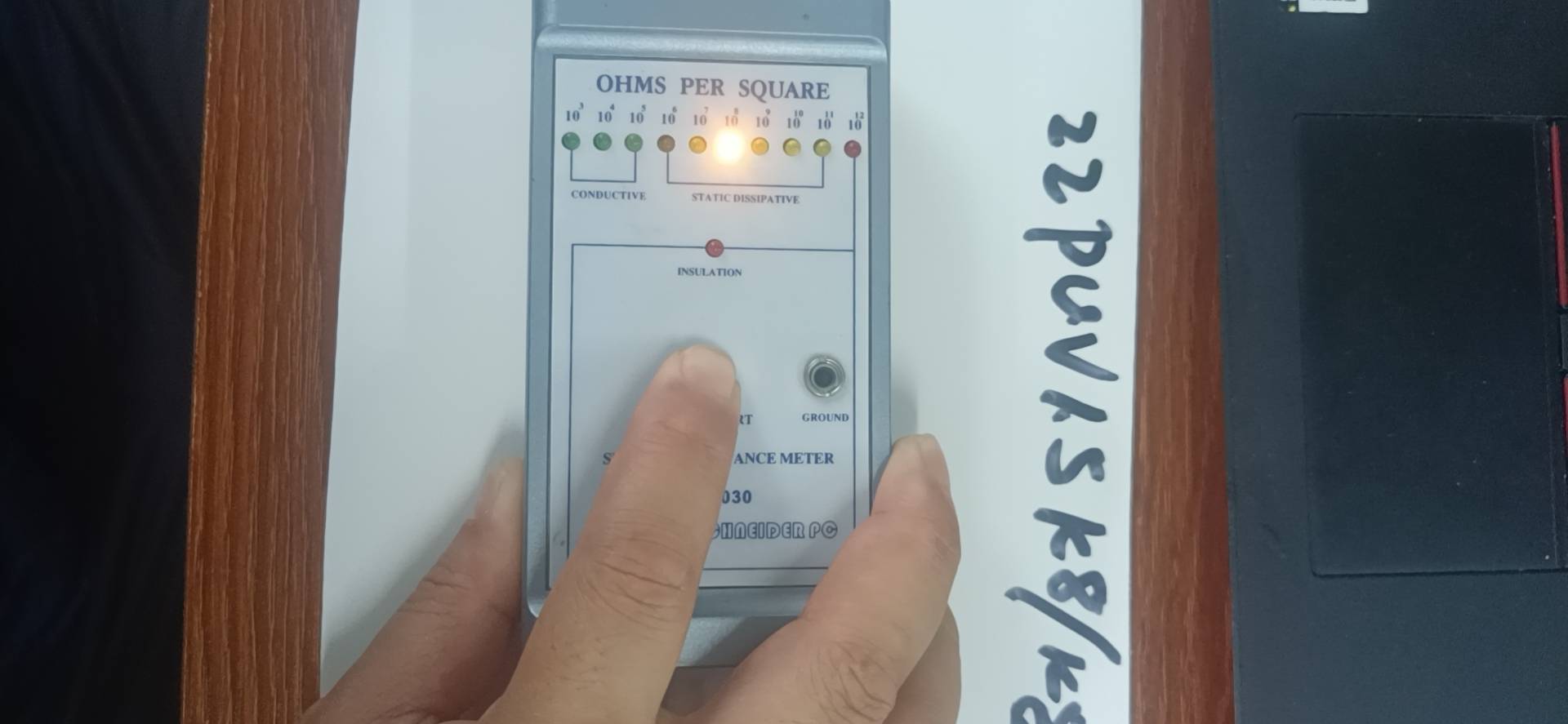Introduction
In today’s industrial landscape, the choice of a static conductive belt supplier can significantly impact the efficiency, safety, and productivity of your operations. Whether you’re working in the manufacturing, automotive, electronics, or any other industry that relies on static conductive belts, it’s crucial to choose the right static conductive belt supplier for your specific needs. This article provides a comprehensive guide on how to go about this selection process, ensuring that you make an informed decision that aligns with your industrial application’s requirements.

Understanding Your Industrial Application
Before you embark on the journey to select a static conductive belt supplier, it’s essential to have a clear understanding of your specific industrial application. Different industries have varying requirements and operational environments. To make the right choice, you need to know precisely what your application demands of the static conductive belt.
Begin by providing a detailed description of your industrial application. Consider the type of machinery or equipment that will use the belt, the processes it will be involved in, and any unique environmental conditions it will be exposed to. For example, in the electronics industry, static control is paramount to prevent damage to sensitive components, while in the food industry, hygiene and cleanliness are critical.
Once you’ve identified the critical requirements for your application, you can move on to the static conductive belt supplier selection process.
Researching Potential Suppliers
To find the right static conductive belt supplier, you’ll need to conduct thorough research. There are several avenues to explore in this process:
Online Research:
- Use search engines and industry-specific directories to identify potential suppliers. Start by searching for keywords like “static conductive belt supplier” or “ESD belt manufacturer.” This will provide you with a list of companies that specialize in these products.
- Explore industry-specific websites and forums. Online communities and industry websites can be valuable sources of information. They often feature discussions, reviews, and recommendations from professionals who have experience with different suppliers.
Industry Referrals and Recommendations:
- Reach out to colleagues and industry experts. If you have professional contacts in your industry, ask for recommendations. Experienced individuals can often provide valuable insights into the best suppliers for your particular needs.
- Network within relevant trade associations. Many industries have trade associations or organizations that promote best practices and facilitate networking. These groups can be excellent resources for finding reputable suppliers.
Evaluating static conductive belt supplier Qualifications
Once you’ve identified potential suppliers, it’s time to evaluate their qualifications. Consider the following factors during your assessment:
Company Background and Reputation:
- Assess the supplier’s history and track record. A company with a long-standing presence in the industry is more likely to have a proven record of delivering quality products and services.
- Read customer reviews and testimonials. These can provide insights into the experiences of other clients and help you gauge the supplier’s reputation.
Product Quality and Specifications:
- Review product specifications and technical data. Pay close attention to the materials used, conductivity properties, and any other relevant technical details. Ensure that the products meet your application’s requirements.
- Understand the manufacturing process. Knowing how the static conductive belts are made can shed light on their quality and durability. Inquire about the manufacturing standards and practices the static conductive belt supplier follows.
Compliance with Industry Standards:
Check for relevant certifications and adherence to safety regulations. Many industries have specific standards and regulations that static conductive belts must meet. Ensure that the supplier’s products comply with these requirements.
Customization and Flexibility
In some cases, a one-size-fits-all approach might not be suitable for your industrial application. It’s crucial to assess a supplier’s ability to customize products to meet your specific needs. Flexibility is key when it comes to tailoring solutions to your requirements.
Ask potential suppliers about their willingness and capability to customize static conductive belts. Provide them with your application’s unique requirements and inquire about their experience in handling similar customization requests. A static conductive belt supplier that can adapt its products to your needs will be a valuable partner in ensuring optimal performance.
Pricing and Cost Analysis
While price is an important factor, it shouldn’t be the sole determinant in your static conductive belt supplier selection process. Instead, take a comprehensive approach to pricing and cost analysis:
Request price quotes from potential suppliers. Gather pricing information for the products you need, including any additional customization costs.
Consider long-term cost factors. Besides the initial purchase price, think about the overall cost of ownership. This includes factors like maintenance requirements and the durability of the static conductive belts. A slightly higher upfront cost might be justified if the belts last longer and require less maintenance.
It’s essential to strike a balance between cost and quality. While cost-effective solutions are attractive, sacrificing quality can lead to higher expenses in the long run due to maintenance and replacement costs.
Communication and Customer Support
Effective communication and reliable customer support are crucial when selecting a supplier. You want a static conductive belt supplier who is responsive and attentive to your needs, especially if issues or questions arise. Consider the following aspects:
Evaluate the supplier’s responsiveness to inquiries. How quickly do they respond to your emails or phone calls? This can be an indicator of their commitment to customer service.
Assess the level of customer support and after-sales service. Inquire about their warranty and return policies. A static conductive belt supplier with a robust customer support system can help you address any issues that may arise during product use.
Case Studies and References
To gain a deeper understanding of a supplier’s capabilities, ask them for case studies or references. Case studies showcase how the supplier’s products have been successfully implemented in other industrial applications. References are contacts provided by the static conductive belt supplier who can vouch for their products and service.
Gathering case studies of successful implementations can offer you insights into the supplier’s ability to meet your needs. It also provides real-world examples of how their products have solved problems similar to yours. Additionally, contact the references provided by the static conductive belt supplier to get firsthand information about their experience working with the company.
Making the Informed Decision
After conducting a thorough evaluation of potential suppliers, it’s time to make an informed decision. Consider all the information you’ve gathered and create a shortlist of the suppliers that best meet your requirements.
To further refine your choice, you may consider the following:
Conduct site visits or inspections if necessary. If your application has unique requirements or specifications, visiting the supplier’s facilities can provide a closer look at their capabilities and production processes.
Negotiate terms and contracts. Once you’ve chosen a supplier, negotiate the terms and conditions of the purchase. Ensure that all your specific requirements, such as customization, delivery schedules, and warranties, are clearly outlined in the contract.
Conclusion
Selecting the right static conductive belt supplier for your specific industrial application is a critical decision that requires careful consideration. By understanding your application’s needs, conducting thorough research, and evaluating potential suppliers based on qualifications, flexibility, and communication, you can make an informed choice that aligns with your requirements.
Emphasize the importance of striking a balance between cost and quality, as well as the need for effective customer support and long-term cost analysis. Furthermore, case studies and references can provide valuable insights into a supplier’s capabilities, helping you make a confident decision.
Remember that the choice of a static conductive belt supplier is not a one-time decision; it’s an ongoing partnership. Regular evaluation of the supplier’s performance and continuous improvement efforts will ensure that your industrial application runs smoothly and efficiently. Make the effort to choose wisely, and your choice will pay off in the long run.





